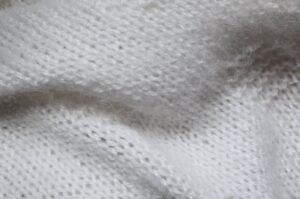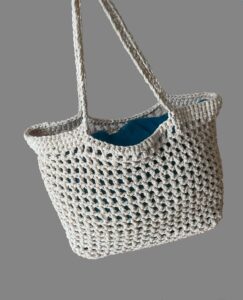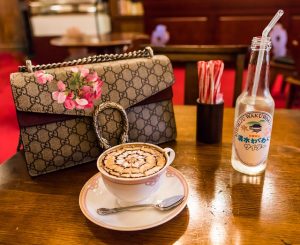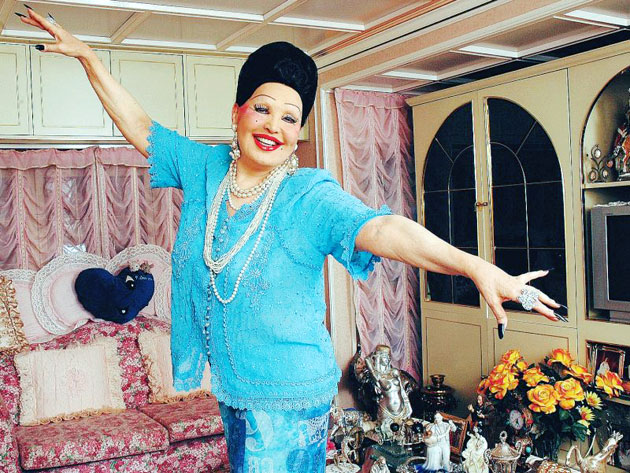
Moira Kitsch Orfei
di Anna Dalla Vecchia – studente – Culture e Tecniche della Moda
Suona scontato: Moira Orfei è il simbolo del circo italiano per eccellenza. E in questa semplice ma alquanto vera ovvietà, risiede una lunga storia: nata nel 1931, in una famiglia di remote origini gitane, dedita all’arte circense da numerose generazioni, è solo trent’anni più tardi, nel 1960, che il Circo di Moira Orfei prende realmente vita, quando l’allora giovane regina si esibisce come cavallerizza, trapezista, acrobata, domatrice di elefanti e addestratrice di colombe. Eppure la sua carriera non si esaurisce unicamente in questi ruoli: se il suo volto – replicato in locandine e cartelloni in tutt’Italia – è, ad oggi, uno dei più noti e conosciuti, lo si deve alla sua immagine semi-caricaturale, nonché alla sua personalità esuberante e coinvolgente.
Da sempre, il suo aspetto eccentrico sfocia nel kitsch, riuscendo a portare avanti nel tempo delle precise e immutate caratteristiche: una cofana nera e alta, altissima, una lunga chioma corvina pettinata quasi fosse un turbante; un neo, finto o vero che sia, accentuato appena sotto il labbro, e tanto, eccessivo, pesante make-up, tra rossetti brillanti e occhi cerchiati. Un look che la stessa Moira non sfoggia solo durante i suoi spettacoli, ma persino nella sua quotidianità, per lo più vissuta all’interno di una spaziosissima roulotte, a cui ogni programma televisivo pomeridiano ha dedicato fior fiori di servizi.
Non solo Circo e tv, ma anche cinema e grande schermo: la sua bellezza – rimasta evidente seppur velata di cerone e sgargianti ombretti – ha affiancato grandi attori italiani degli anni Sessanta, tra cui Marcello Mastroianni e Totò. Il suo guardaroba, inutile a dirsi, è pacchiano e stridente, in una sola parola, kitsch: piume, copricapi, corone, paillettes; dove non c’è l’oro giace la stampa animalier e dove non c’è l’animalier ci sono i colori più stridenti ed accesi. Moira Orfei è camp, direbbe Susan Sontag, camp nell’abbigliamento come nella vita, nel suo essere celebrata come icona gay, negli atteggiamenti spontanei o recitati, nel suo umorismo tutt’altro che superficiale.
A cesellare per sempre la sua figura nell’era digitale è stato, infine, il profilo twitter (not original) a lei dedicato, dove ritrovare aforismi e commenti dell’avatar Moira nei confronti di argomenti d’attualità e società, spesso così irreverenti da aver fatto chiudere l’account. Non ci rimane che qualche vecchio screenshot, salvato nella memoria del mio telefono, lasciando in pace Moira Orfei, dispersa in chissà quale campo rom, sulla sua roulotte da sogno.
_____________________________________
Moira Kitsch Orfei
It sounds almost banal: Moira Orfei is the symbol of Italian circus par excellence. This simple – but somewhat true – obviousness contains a long story: she was born in 1931, in a family of remote gipsy origins devoted to the circus art for several generations; it’s only thirty years later, in 1960, the original Circus of Moira Orfei really came to life and the young queen performed as rider, aerialist, acrobat, elephant tamer and dove trainer. However her career doesn’t just stop here: if her face – repeated on posters and billboards everywhere – is still one of the most famous and well-known in Italy, this is due to her grotesque image as well as her exuberant and captivating personality.
All along her eccentric look has resulted in kitsch, characterized by precise and unchanged aesthetic elements: a very tall and laborious headdress, a long jet-black mane combed like a turban; a mole – whether it’s real or fake we don’t know – accentuated under her lip, and an excessive, flashy make-up made of glossy lipsticks and circled eyes. A look that Moira herself shows not only during her performances, but even in her everyday life, mainly in her very spacious caravan to whom every afternoon TV program has dedicated the cream of reports.
Not only Circus and TV, but also big screen: Moira with her beauty – still evident even if covered with greasepaint and sparkling eye shadows – collaborated with great Italian actors, like Marcello Mastroianni and Totò in the Sixties. Her wardrobe, needless to say, is garish and clashing, in a word, kitsch: feathers, headgears, crowns, sequins; when she doesn’t use gold, she uses animalier print, when she doesn’t use leopard print she uses the brightest and most vibrant colors. Moira Orfei is camp, as Susan Sontag would confirm, she is camp in her clothing as in her life, in her being celebrated as a gay icon, in her spontaneous or pretended behavior, in her anything but superficial humorism.
In order to carve her figure into the digital era forever, a twitter profile (not original) has been dedicated to the circus star where you could find Moira’s avatar aphorisms, a series of comments about society and the news, often so irreverent that the fake account had to be deleted. Therefore all we can do is looking at some old screenshot I have saved in my phone memory, and leave Moira Orfei in peace, lost in some kind of gypsy camp, on in her fabulous carvan.
Ph. www.moiraorfei.it; Source: www.wikipedia.it.
.

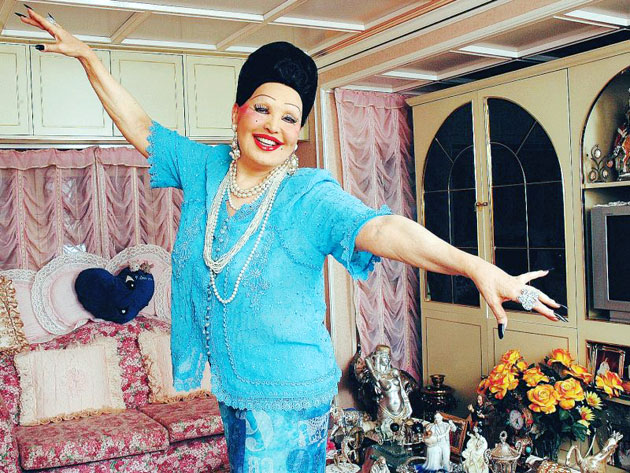
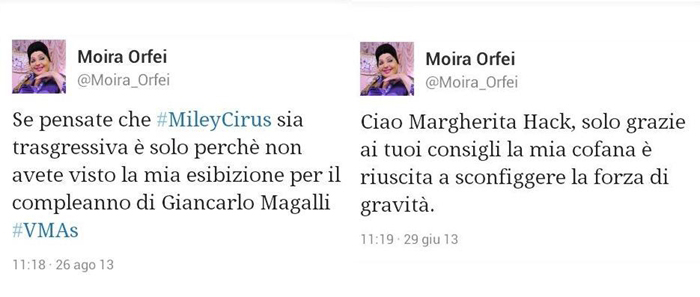
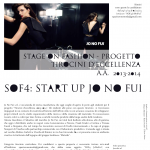 Previous Post
Previous Post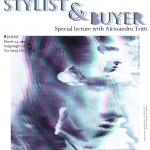 Next Post
Next Post
